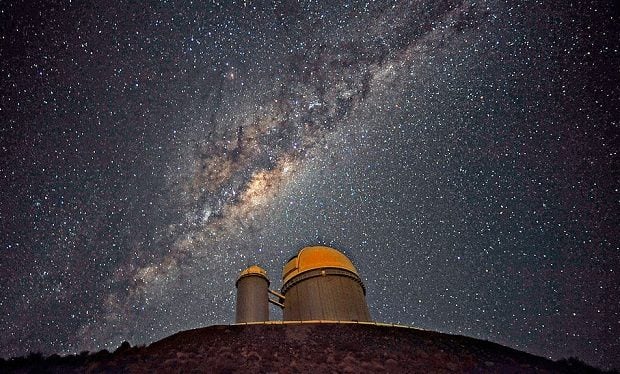Until we started getting a better handle on what’s beyond our solar system, the search for extraterrestrial intelligence (SETI) required a bit more credulity. Martians, for instance, really haven’t seemed likely for a long time — despite the fear Orson Welles could arouse with his haunting, booming voice. The SETI notion — always attractive to humans — got a big boost when we finally moved past our provincial view of space and started learning more about our galaxy — let alone beyond.
SETI must exist on planets, which aren’t, of course, visible like stars. But there is evidence, as recounted in Lawrence Squeri‘s Waiting for Contact: The Search for Extraterrestrial Intelligence, that supports the idea that many — maybe even most — stars in the galaxy probably host a planet or more. And with the estimated 400 billion stars (some say the estimate is low) in our galaxy, that means the SETI search won’t be exhausted for a long, long time.
[amazon asin=B01M0VPK5B&template=book-link]
